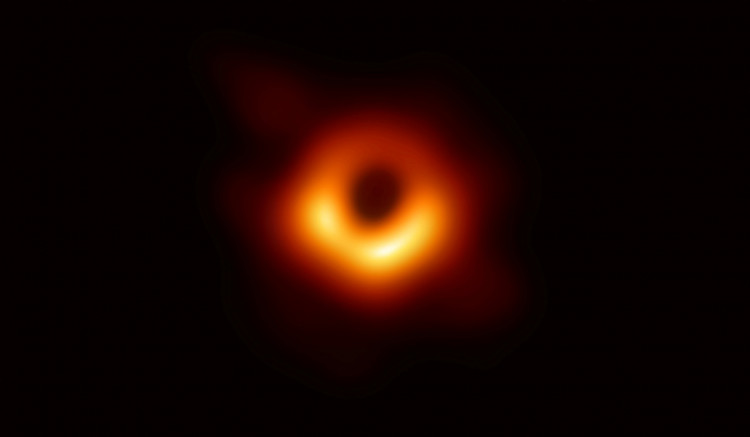An image of a black hole and its shadow has just been released for the first time in history. NASA who is celebrating the historical leap together with millions of followers across the globe calls the image which was a product of coordinated observations as an amazing accomplishment.
A black hole is a dense hole where not even light can escape. Packed with a huge amount of matter it has an unimaginable gravitational pull that the event horizon, a space beyond it is called a point of no return.
Get to know the facts and the amazing people behind making this dream a reality.
Event Horizon Telescope (EHT), an international network of eight linked radio telescopes, described as the planet-sized array of dishes was the team who collaborated in photography because it was impossible for the black hole image to be captured by a single telescope alone.
Because there were too much data gathered from all the eight telescope locations, they were stored on hundreds of hard drives and flown directly to a central processing center.
Left: MIT computer scientist Katie Bouman w/stacks of hard drives of black hole image data. Right: MIT computer scientist Margaret Hamilton w/the code she wrote that helped put a man on the moon. (image credit @floragraham)#EHTblackhole #BlackHoleDay #BlackHole pic.twitter.com/Iv5PIc8IYd — MIT CSAIL (@MIT_CSAIL) April 10, 2019
Katie Bouman is a 29-year-old computer scientist has become an instant internet sensation after the first-ever image of the black hole was released. Bouman created the algorithm that helped to create the first-ever image of a black hole back in 2016 during her graduate studies at the Massachusetts Institute of Technology (MIT).
Bouman's algorithm rendered the black hole images from the hundreds of hard drives out of the data gathered from the EHT. In a Facebook post, she stated how she watched in disbelief as the first image she made of a black hole was in the process of being reconstructed.
Prof Heino Falcke, of Radboud University in the Netherlands, declared this move as "mission accomplished." Falcke who proposed the project believed since 1993, that telescopes on earth will be able to detect and capture the radio emission generated around the black hole because of its amount of power.
Prof Sheperd Doeleman of the Harvard-Smithsonian Centre for Astrophysics led the project deploying 200 scientists to the exotic locations of the EHT telescopes worldwide. Some of the locations were Mexico and Hawaiian volcanoes, Arizona and Spanish Sierra Nevada mountains, Atacama Desert of Chile and Antarctica to name a few.
For 10 days, they pointed the telescopes towards the M87, an elliptical galaxy where the black hole is located. Doeleman describes their achievement as an extraordinary scientific feat.
NASA's Chandra X-ray Observatory, Nuclear Spectroscopic Telescope Array (NuSTAR) and Neil Gehrels Swift Observatory who did almost the same thing in 2017 complement EHT's move. The data they gathered serves as EHT's benchmark in measuring the M87 jet's X-ray brightness.



